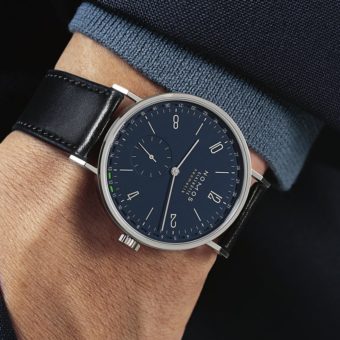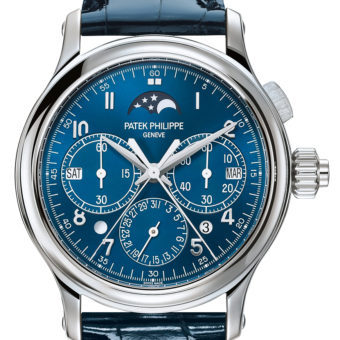
How much do you know about the various quality seals and certificates awarded to watch movements these days? Find out by taking the WatchTime test. As always, the answers appear at the bottom.


1. Which of the following is required for a movement to receive the Geneva Seal?
A. The escape wheel axle must be set in rubies.
B. The bridges must have Geneva stripes.
C. The movement must have a screwed balance.
D. The jewels must be set in gold chatons.

2. Which of the following brands only sells watches with movements bearing the Geneva Seal?
A. Vacheron Constantin
B. F.P. Journe
C. Roger Dubuis
D. Richard Mille

3. The Geneva Seal requires that a movement be accurate to what mean deviation per day:
A. -4/+6 seconds
B. -3/+5 seconds
C. -5/+6 seconds
D. None of the above

4. Which of the following is NOT true of the Patek Philippe Seal?
A. Its precision standards are the same as those of COSC (Contrôle officiel suisse des chronomètres).
B. It has different requirements for tourbillon and non-tourbillon watches.
C. All new Patek Philippe watches on the market bear the seal.
D. The tests for the seal are administered by Patek Philippe itself.

5. Which brand in 2009 announced that thereafter none of its watches would be stamped with the Geneva Seal?
A. Bovet
B. Patek Philippe
C. Harry Winston
D. Piaget

6. How many movements were certified by COSC in 2008, the latest year for which the COSC has released figures?
A. 974,284
B. 1,599,588
C. 2,473,207
D. 3,378,359

7. What percentage of COSC certificates were awarded to Rolex in 2008?
A. 28
B. 38
C. 48
D. 58

8. After Rolex, the company that received the highest number of COSC certificates in 2008 was
A. Omega
B. Breitling
C. Panerai
D. TAG Heuer

9. How long does COSC spend testing each movement?
A. 3 days
B. 10 days
C. 15 days
D. 1 month

10. What percentage of COSC certificates went to quartz movements in 2008?
A. 22
B. 15
C. 8
D. 4

11. Which of the following Swiss towns has a quality seal named after it?
A. Fleurier
B. Tavannes
C. Bienne
D. Le Brassus

12. The chronometer testing facility in Glashütte, Germany, differs from COSC in that it
A. Tests cased, rather than uncased, movements
B. Tests watches in 6 positions
C. Tests watches at 4 temperatures
D. B and C
ANSWERS:
1. A. There are 12 requirements that a movement must meet to earn the Geneva Seal. One is that the axels of all the wheels in the gear train, plus the escape wheel, be set in rubies.
2. C.
3. D. The Geneva Seal does not have any requirements regarding the watch’s precision. They pertain only to the finishing of the movement.
4. A. The precision requirements are stricter for the Patek Philippe Seal than for COSC certification: movements with a diameter of 20 mm or more must be accurate to -3/+2 seconds per day, versus the COSC standard of -4/+6 seconds per day. Another difference: Patek Philippe has different requirements for tourbillon watches than for non-tourbillon ones: the former must be accurate to -2/+1 seconds per day.
5. B. When it announced its new Patek Philippe Seal at Baselworld in 2009, the company said it would no longer be using the Geneva Seal, which all its movements had borne until then.
6. B. The figure represented a 8.6 percent increase over the prior year.
7. C. Rolex received 769,850 certificates. It has for many years received more COSC certificates than any other company.
8. A. Omega received 377,514 certificates. It was followed by Breitling (234,021), Panerai (46,446) and TAG Heuer (35,429)
9. C. During the 15 days, the movement’s accuracy is checked in five positions and at three temperatures.
10. D. In 2008, COSC awarded 62,638 certificates to quartz movements. Breitling received the vast majority (56,224) of them.
11. A. The Fleurier Quality Foundation seal was established in 2001. It is awarded to watches on the basis of both technical and aesthetic criteria.
12. A. The four-year-old facility, owned by the German company Wempe but operated by an independent laboratory, uses the same timing tolerances as COSC but, unlike COSC, tests the movements in their cases.






